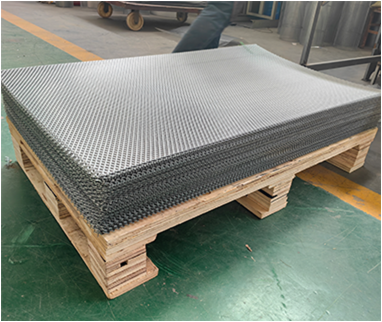 Tel:
+8618931101301
Tel:
+8618931101301
Nën . 14, 2024 00:28 Back to list
dust cartridge
Understanding Dust Cartridges A Key Component in Air Quality Management
In today's world, where air quality plays a pivotal role in public health and environmental sustainability, effective filtration systems are paramount. One such crucial component in these systems is the dust cartridge. Dust cartridges are designed specifically to capture and filter out particulate matter, ensuring the air we breathe is cleaner and safer. This article delves into the importance, functioning, and applications of dust cartridges, providing a comprehensive understanding of their role in air quality management.
What is a Dust Cartridge?
A dust cartridge is a cylindrical filter element that is typically made from synthetic or natural fibers, capable of trapping dust, pollen, and other airborne particles. These cartridges are used in various filtration systems, including industrial air cleaners, HVAC (heating, ventilation, and air conditioning) systems, and dust collectors. The design of a dust cartridge includes pleated media which increases the surface area for trapping particles without restricting airflow.
Importance of Dust Cartridges
The significance of dust cartridges cannot be overstated. They are vital in numerous industries, including manufacturing, pharmaceuticals, food processing, and woodworking, where dust and particles are generated in significant quantities. In industrial settings, the adherence to health and safety regulations is critical, and dust cartridges help in maintaining compliance by reducing airborne contaminants.
Moreover, dust cartridges contribute to better indoor air quality in residential and commercial spaces. Poor air quality can lead to various health issues, including respiratory problems, allergies, and even chronic diseases. By effectively capturing harmful particles, dust cartridges help ensure that the air we breathe is not only safer but also more comfortable.
How Dust Cartridges Function
dust cartridge

Dust cartridges operate on a simple yet effective principle air flows through the filter media, and particles larger than a certain size are trapped within the fibers. The efficiency of a dust cartridge depends on various factors, such as the type of media used, the design of the cartridge, and the size of the particles being captured.
Over time, dust cartridges accumulate dirt and debris, which can lead to decreased airflow and increased pressure drop. This necessitates regular replacement or cleaning of the cartridges to maintain optimal performance. Some advanced cartridges are designed to be cleaned and reused, while others are disposable, emphasizing the importance of selecting the appropriate type based on specific applications.
Applications of Dust Cartridges
Dust cartridges find a wide array of applications across different domains. In the industrial sector, they are commonly used in dust collectors and vacuum systems to capture dust emitted during manufacturing processes. In HVAC systems, dust cartridges play a vital role in maintaining air quality by filtering out pollen, dust mites, and other allergens that can accumulate indoors.
In addition, dust cartridges are integral in facilities such as hospitals and laboratories, where maintaining a sterile environment is critical. These cartridges ensure that harmful pathogens and particulate contaminants are effectively removed from the air, supporting the health and safety of patients and staff alike.
Conclusion
Dust cartridges are essential for effective air quality management across diverse environments. Their ability to capture and filter out harmful particles not only contributes to better industrial practices but also supports healthier living conditions in homes and public spaces. As technology advances, improved designs and materials continue to enhance the efficiency and lifespan of dust cartridges, making them an indispensable element in our pursuit of cleaner, safer air. Whether in bustling factories or tranquil homes, the role of dust cartridges in safeguarding air quality remains crucial, propelling us toward a healthier future.
-
Working principle of high-efficiency dust filter elementNewsJun.26,2025
-
The truth about washable filters: Does repeated use really not affect efficiency?NewsJun.25,2025
-
Effect of humidity on the performance of activated carbon filter elementsNewsJun.24,2025
-
Material selection considerations for dust removal filter elements under high temperature conditionsNewsJun.23,2025
-
Cold knowledge of air filters: Why are some designed to be pleated?NewsJun.16,2025
-
Factory direct supply! High-precision air filter element wholesale and customizationNewsJun.12,2025

 Email:
Email:





